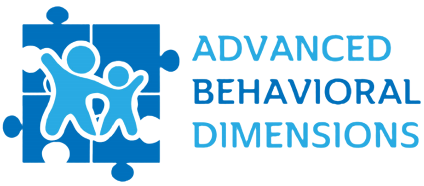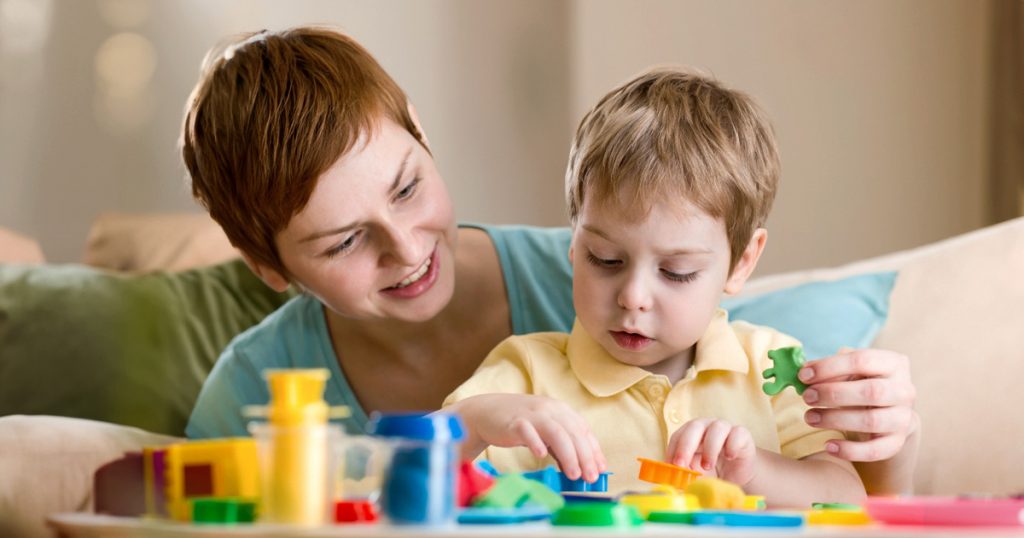Introduction
Imagine transforming your child’s development in the most comfortable setting possible – your own home. Applied Behavior Analysis (ABA) therapy has emerged as a powerful tool for supporting children with behavioral challenges, and bringing this therapy into your home environment can be a game-changer. But what makes home-based ABA therapy so special?
Table of Contents
| Understanding ABA Therapy |
| The Comfort of Familiar Surroundings |
| Personalized Approach to Learning |
| Family Involvement and Support |
| Reducing Stress and Anxiety |
| Consistency in Therapy |
| Developing Life Skills |
| Measuring Progress at Home |
| Cost-Effectiveness of Home-Based ABA |
| Technology and Home ABA Therapy |
Understanding ABA Therapy
ABA therapy at home is like a roadmap for behavioral development, helping children learn new skills and modify challenging behaviors. At its core, this approach uses positive reinforcement to encourage beneficial behaviors and reduce those that may be harmful or disruptive.
The Comfort of Familiar Surroundings
Home is where we feel most relaxed and secure. For children undergoing ABA therapy, this familiar environment can be a powerful catalyst for learning. Unlike clinical settings that might feel intimidating, your home provides a natural, stress-free space where children can be themselves.
Benefits of Home Environment
- Reduced anxiety
- Natural learning context
- More relaxed interactions
- Increased comfort and security
Personalized Approach to Learning
Home-based ABA therapy allows for a truly customized experience. Therapists can observe your child in their natural habitat, understanding their unique triggers, interests, and learning styles. It’s like having a personal coach who knows exactly how to motivate and support your child.
Family Involvement and Support
One of the most significant advantages of home-based ABA therapy is the opportunity for family participation. Parents and siblings become active partners in the therapeutic process, learning strategies to support the child’s development continuously.
Key Family Involvement Strategies
- Learning intervention techniques
- Consistent implementation of strategies
- Creating a supportive home environment
- Tracking and celebrating progress
Reducing Stress and Anxiety
Traditional therapy settings can be overwhelming for children with behavioral challenges. By conducting therapy at home, we minimize external stressors, creating a calm and supportive learning environment.
Consistency in Therapy
Consistency is key in behavioral therapy. Home-based ABA allows for more frequent, shorter sessions that can be seamlessly integrated into daily routines, ensuring continuous learning and reinforcement.
Developing Life Skills
Home is the perfect classroom for teaching practical life skills. From communication to self-care, ABA therapy can help children develop essential abilities in the most relevant context possible.
Measuring Progress at Home
With home-based therapy, progress tracking becomes more natural and comprehensive. Therapists can observe real-world interactions and adapt strategies in real-time.
Cost-Effectiveness of Home-Based ABA
Home-based ABA therapy can be more affordable compared to center-based options. By reducing travel costs and maximizing therapy efficiency, families can invest more in their child’s development.
Technology and Home ABA Therapy
Modern technology has revolutionized home-based ABA therapy. Virtual sessions, progress-tracking apps, and online resources make therapy more accessible and engaging than ever before.
Conclusion
Home-based ABA therapy offers a holistic, personalized approach to supporting children’s behavioral development. By creating a comfortable, familiar environment, we open doors to meaningful progress and improved quality of life.
Frequently Asked Questions
- What age groups benefit most from home-based ABA therapy? Children typically between 2-12 years old show significant improvements, though individual results vary.
- How long does a typical home ABA therapy session last? Sessions usually range from 2-3 hours, tailored to the child’s attention span and needs.
- Can parents be trained to support ABA therapy at home? Absolutely! Most ABA therapists provide comprehensive training for family members.
- Is home-based ABA therapy covered by insurance? Many insurance plans now cover home-based ABA therapy. Check with your provider for specific details.
How quickly can I expect to see results? Progress varies, but many families observe positive changes within 3-6 months of consistent therapy.




